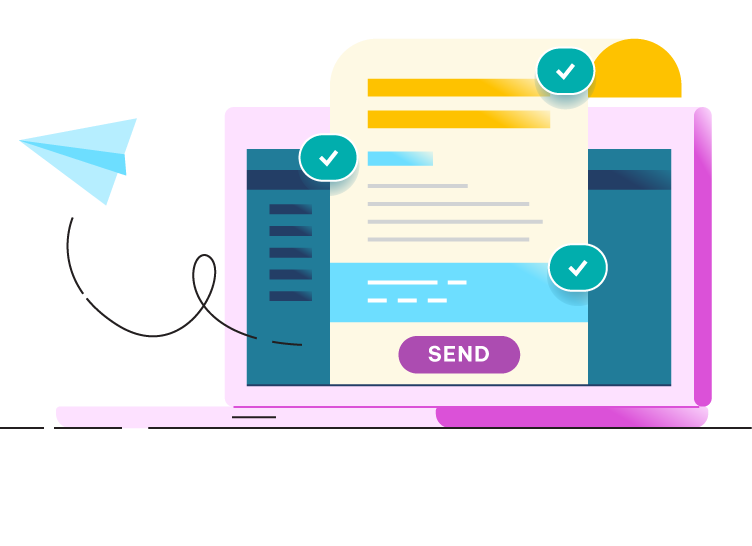
The Do’s and Don’ts of Email Outreach
Over the years, we conducted over fifty email outreach campaigns and along the way, we came across emails that caught our attention and questionable ones we sent to our spam folder. After receiving a fair share of memorable and mediocre messages, we’ve compiled a handy list of things we loved and things we hated about email outreach below.



























